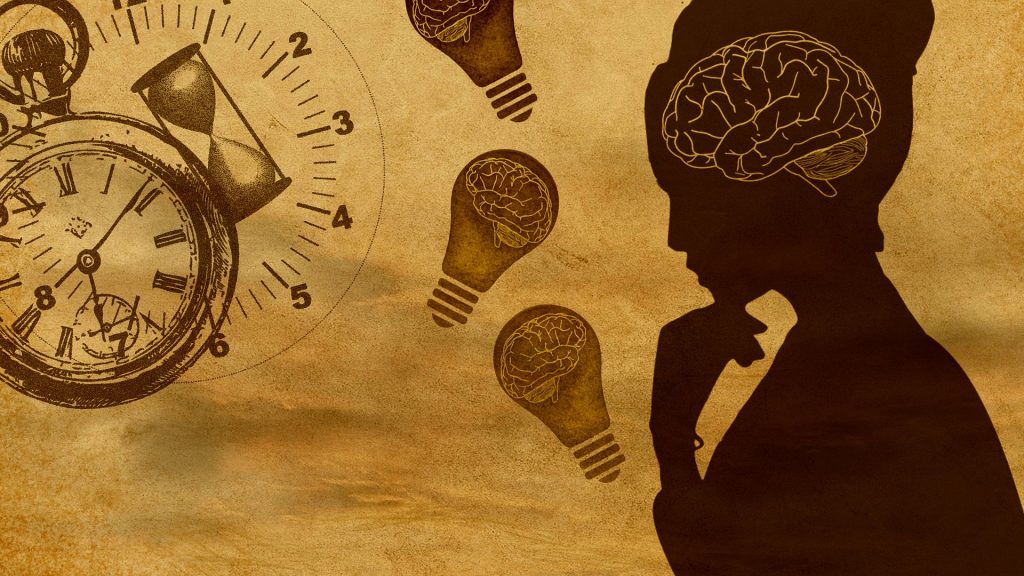The last few years have seen a lot of emphasis on storytelling in marketing as if it were a new technique rather than the oldest one in human communication. The problem is that while many people agree on the power of storytelling, most blog posts or articles don’t really tell you how to do it. There’s a reason for that.
Storytelling seems very simple but is quite difficult. It requires creativity and some specific techniques. Generally, it’s something that should be done by experienced designers, copywriters, and videographers because a badly told or ineffective story can have a hugely negative effect on your brand. It could even create the opposite reaction to the one you wanted.
But let’s start at the beginning before getting into specifics. What kind of storytelling might you use in your marketing?
Origin storytelling
How did your business begin? What’s the backstory behind your brand? This is the kind of story you might use on your website or feature in your social media. An origin story humanizes and helps to position a brand and a product by giving it a basis in time and purpose.
Let’s say you make and sell high-quality artificial silk flowers. Why? What was the occasion or scene when the business idea was born? Maybe it was a wedding where somebody observed all the beautiful (and expensive) flowers that would be dead in a few days. Wouldn’t it be cool to create the same beauty and make it permanent so that it could be used for many different occasions? Then you might talk about the development process and how you perfected your silk flowers.
People remember such stories because they come with built-in logic. They make sense. They are real.
Brand storytelling
Origin storytelling is a part of brand storytelling in the sense that it captures the spirit of the brand. The major part of brand storytelling, however, is creating a sense of what your brand is: how it feels, what it represents and why customers should want to engage with it as an active part of their lives.

Sounds cool, right? But what does it look like? Think of a brand like Apple or Coca Cola or Nike. Each has its own specific feel, which comes from the many small stories it tells us. For example, Coca Cola is strongly associated with Christmas thanks to its film and print ads that show families enjoying and anticipating the holiday season. It’s even said that the colors of Santa Claus’ clothes come from Coke branding.
Sometimes, a brand story can go wrong. Pepsi is remembered by many people for the Michael-Jackson-on-fire incident or the Kendall Jenner ad in which a carbonated soft drink ended racism. Great stories, but the reverse of what the brand intended?
Sales storytelling
Most storytelling is aimed at sales: communicating the existence and benefits of a product or service to engage an audience, get leads and convert. In recent years, the focus of this kind of storytelling has been the so-called Hero Journey in which the “hero” is the target customer who has a problem or pain point that is solved by the product or service you want to sell (and lives happily ever after). There are versions with more steps, but all are basically the plot of the first Star Wars movie.
The problem with this story is that it’s very obvious. Consumers have seen many thousands of stories and marketing campaigns in their lifetimes. They know what a sales message looks like, even if it has a lightsaber. Think of any TV ad for detergent or indigestion: the character is uncomfortable; a friend takes the solution out of their bag and offers it; next scene – everyone is smiling. No digestive problems.
How to do storytelling in marketing
The Hero Journey is just one possible story – one that usually works for certain products that we already want and need. It’s more important to think about techniques than formulae, however. Here are a few things essential for an effective story:
Narrative
Narrative is the intuitive order that holds a story together from start to finish. One thing leads organically to the next without apparent steps. It looks like reality but it’s a trick. The best and simplest example of good narrative is a joke. Most people can hear a joke only once and repeat it multiple times. That’s not because we have phenomenal memories but because a joke is the perfect narrative. It has a set-up and a punch line that complement each other perfectly and logically.

Consider the silk flowers origin story above. What would the narrative look like?
1) We were at a wedding.
2) We were looking at the beautiful flowers.
3) Somebody said they’d die soon – a pity.
4) What if we could make them live forever?
5) We contacted silk specialists and painters.
6) We experimented and made the perfect silk flower.
7) Now you can buy these flowers.
Each step logically flows into the next. It’s natural to see flowers at a wedding – we’ve all seen them. It’s normal to think they are beautiful. It’s true that they will die. But what if they didn’t etc. This is pure storytelling because it’s pure narrative.
Make it identifiable
The beauty of the wedding story is that we’ve all either been to a wedding or seen one in film or print. It’s not a story about being a cobalt miner in Sierra Leone. We can see ourselves in identifiable stories and empathize more easily with the characters. One of the most successful automotive ads was a TV spot for the Renault Clio in which Nicole and her father both leave in their separate cars for a secret rendezvous – a simple but memorable story that also suggested the brand value of “Frenchness” to an international audience.
Make it aspirational
Of course, some people will be interested in a wedding held on a luxury yacht, or may wish to identify with the tough life of the cobalt miner in Sierra Leone. Aspiration works especially well for brands or products in the luxury sector. In fact, some brands prefer not to be associated with lifestyles or personalities that may not reflect their values. Cristal champagne, for example, had a small disagreement with American rap, while Courvoisier benefitted from the same association.
Make it funny
You might have the most thought-provoking or creatively innovative story, but people usually share the funny ones. Many brands are afraid of humor because they don’t want to offend parts of their audience, but playing it safe almost always results in something not funny or, worse, “trying too hard.” Not all brands or products can or should use humor, but it remains a powerful tool for those willing to be original.
Make it well
We’ve all seen and heard a thousand stories in our lives. Your audience probably spends hundreds of hours each month watching the best of Netflix, going to the cinema or reading novels – they know what a good story looks like even if they can’t define it. Trust in your brand depends on the high quality of the stories you tell and how you tell them – whether in an Instagram carousel, a video, a product description or an origin story.
The biggest mistake in storytelling is to make an ad or a message badly disguised as a story. Don’t think about what you are going to sell – think about how you are going to entertain, surprise, inform or delight your audience. This is the real trick of great storytelling: making the message a subtext that the viewer/reader absorbs without noticing.
Storytelling – before you start
Your brand is the foundation for all stories you tell. Consider your values, mission, vision and any other tone-of-voice or branding information you created before you start storytelling. Then FORGET it! Such texts tend to be highly corporate and dull – important for internal guidance but totally uninteresting to your audience.
Let’s say one of your key values is integrity. How can you show that in a story without using the word or signaling it too obviously? Is there a person or a situation that represents integrity? Maybe it’s a butler who silently does his work and makes life easier for his client. Maybe it’s an icebreaker ship that splits pack ice and keeps its passengers safe. It all depends on the brand and the product.
Storytelling has a strong psychological element. A lot of the messaging has to be subconscious. A professional storyteller will take your information and turn it into narrative so that the branding and sales elements work beneath the surface. That’s the real power of storytelling.










